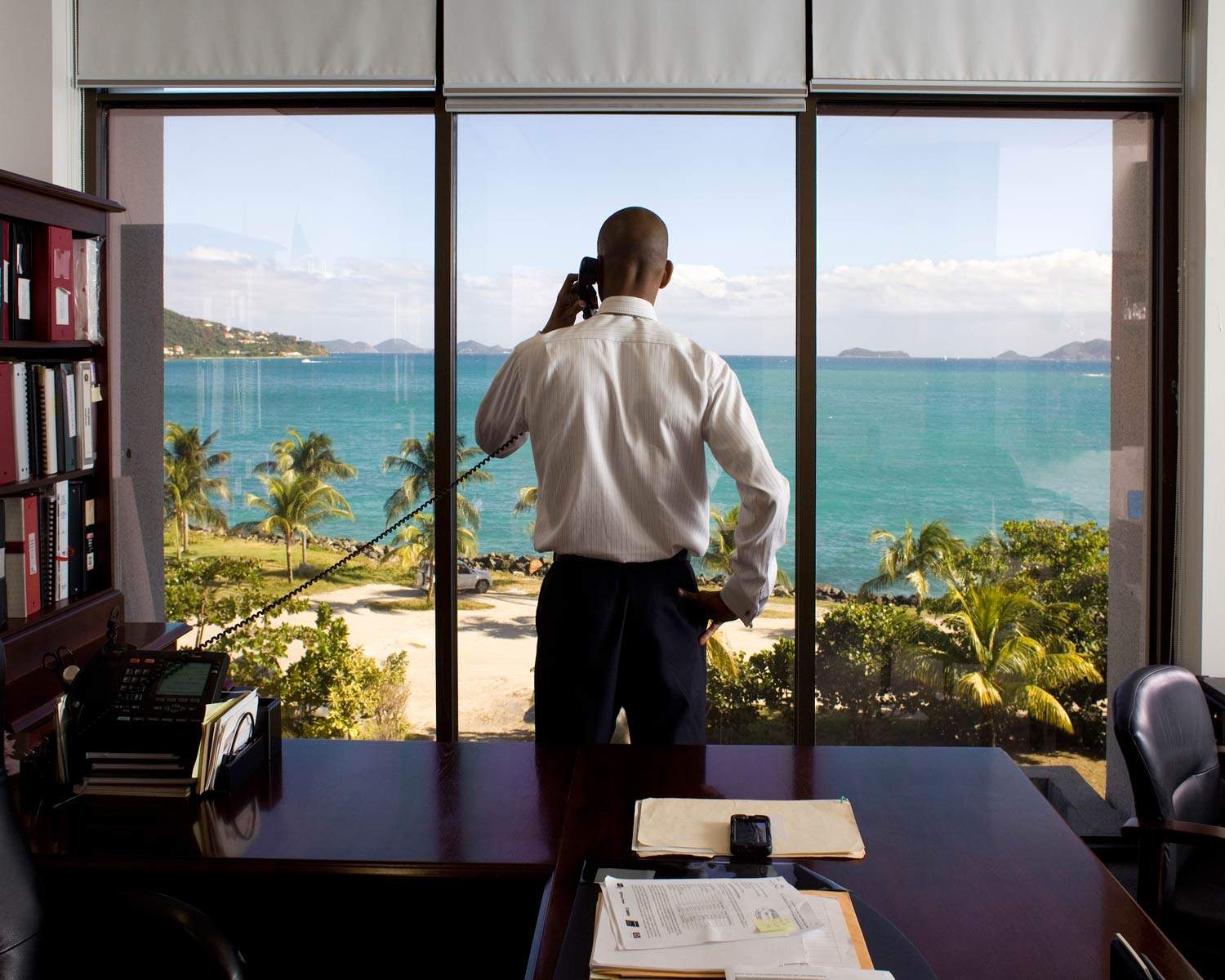Three hundred images by more than 130 photographers from five continents: this is the basis that forms the exhibition Civilization: Living, Surviving, Good Living, scheduled at the San Domenico Museums in Forlì from Sept. 17, 2022 to Jan. 8, 2023. An international photography exhibition that addresses themes of the present and future of the contemporary world, increasingly characterized by the phenomena of interconnectedness and globalization. The exhibition is a story in images of the planetary civilization of the 21st century, seen as a great collective enterprise, capable of producing unprecedented innovations, discoveries and opportunities but also risks and threats to the very survival of humanity.
After having been exhibited in Seoul, Beijing, Auckland, Melbourne and Marseille, Civilization arrives in Forlì in its richest and most complete form, confirming the role as a hub of cultural production that the city has carved out for itself in recent years on the circuit of the most important photographic exhibitions. Co-produced by the Foundation for the Exhibition of Photography (Minneapolis/ New York/ Paris/ Lausanne) and the National Museum of Modern and Contemporary Art of Korea in Seoul, in collaboration with Fondazione Cassa dei Risparmi di Forlì, the exhibition promotes a profound reflection on fundamental themes of contemporaneity, starting with the sometimes extraordinary and sometimes dramatic effects of the relationships between individuals, communities, generations and cultures of our time.
“The implicit theme of Civilization,” say the coordinators of the Forlì edition Walter Guadagnini, Monica Fantini and Fabio Lazzari, “is that of the relationships between human beings and the inevitable consequences that every individual and collective choice is bound to have in a context in which individuals live in an increasingly interdependent and interconnected way. For this reason, Civilization represents in a paradigmatic way the desire to use the universal and powerful language of photography as a valuable tool for the reflection that the Good Living Festival proposes on the themes of relationship as a central element for the design of the society of the present and the future.”
The exhibition is divided into eight sections dedicated to as many themes, which address a cross-sectional overview of contemporaneity and which in the formulation proposed in Forlì is enriched with an unprecedented focus, which makes the exhibition unique and completes its analysis with a lunge featuring the best names in national contemporary photography. Indeed, alongside such pivotal exponents of international photography as Edward Burtynsky, Candida Höfer, Richard Mosse, Alec Soth, Larry Sultan, Thomas Struth, Penelope Umbrico and others, the notable presence of Italian authors (such as Olivo Barbieri, Michele Borzoni, Gabriele Galimberti, Walter Niedermayr, Carlo Valsecchi, Massimo Vitali, Luca Zanier, Francesco Zizola), a sign of the progressive growth of the reputation of our photography, deserves to be underlined.
It starts with the images of large metropolises at the center of ALVEARE/HIVE, to explore the urban networks that shape modern cities and describe the complicated flows of human activities in ever-changing contexts, recounted by Robert Polidori and Pablo López Luz, or iconic buildings such as Philippe Chancel’s Burj Khalifa Tower and Olivo Barbieri’s Torres de Satélite. To people and their relationships is dedicated the SOLI INSIEME/ ALONE TOGETHER section, which focuses on the increasing digitization as an element and tool of these relationships, represented by the portraits of Pieter Hugo and Katy Grannan and the images of soldiers communicating through Skype by Adam Ferguson. In FLOW/ FLOW Alejandro Cartagena’s Carpoolers, Mike Kelley and Jeffrey Milstein’s aircraft images or Alex MacLean’s containers reveal the visible and invisible movements of people, goods and ideas through the contemporary world, highlighting the impact this flow has on all of us. In PERSUASION/ PERSUASION we find photographs of major collective events, such as those by Mark Power and Nick Hannes, or images devoted to advertising by Robert Walker, Andrew Esiebo, Lauren Greenfield and Priscilla Briggs to expose the mechanisms of persuasion used by advertising, religion and politics. In the CONTROL/ CONTROL section, authors such as Lynne Cohen, Philippe Chancel and Luca Zanier shape the impact of various types of authority and the desire to give order and structure to our future development. BREAKING/ RUPTURE examines the phenomena of social disintegration, revealing the conflicts between individuals and forcing an awareness of the failures of civilization, immortalized in exemplary fashion in the images of Mandy Barker, Xing Danwen and Penelope Umbrico. In this section, the Forli exhibition wanted to emblematically include for the first time images of two capital events that in recent years have shown the risks and fragility of contemporary civilization: the pandemic and the war in Ukraine.
As a counterbalance, we find images of amusement parks such as those of Reiner Riedler or the crowded beaches of Massimo Vitali and Zhang Xiao at the center of FUGA/ ESCAPE, which examine the phenomena of leisure and recreational moments, revealing the mechanisms, contradictions and paradoxes of the entertainment industry. With futuristic images by Valérie Belin, Simon Norfolk, and Vincent Fournier, or even photographs of a rocket that took off from the space base in French Guinea and the world’s largest radio telescope by Michael Najjar, AND THEN.../ NEXT closes the survey of how the world of the twenty-first century is taking shape, with its rapid global evolution.
Image: Paolo Woods and Gabriele Galimberti, from The Heavens series (2012/2015): portrait of Neil M. Smith, secretary of finance of the British Virgin Islands, pictured in his office
 |
| Forlì, at the San Domenico Museums the exhibition Civilization, a photographic account of our civilization |
Warning: the translation into English of the original Italian article was created using automatic tools. We undertake to review all articles, but we do not guarantee the total absence of inaccuracies in the translation due to the program. You can find the original by clicking on the ITA button. If you find any mistake,please contact us.